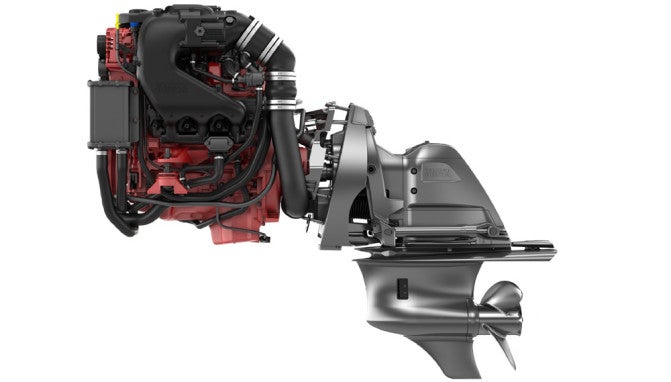
Volvo Penta has introduced what it describes as its “next-generation” gasoline V6 and V8 sterndrive engines.
Said to deliver unparalleled performance while significantly exceeding US and upcoming EU emissions standards, the new V6 uses a 4.3-liter catalyzed block from General Motors that will be offered in both 200 and 240 horsepower versions. It will be followed this month by a new 5.3L V8 that will be officially unveiled at the International Boatbuilders’ Exhibition and Conference (IBEX), to be held at the Kentucky Exposition Center in Louisville from September 15 – 17 inclusive.
Leveraging on General Motors’ Gen V technology, the new engines represent Volvo Penta’s most environmentally-advanced engines to date. U to four times cleaner than similar horsepower four-stroke or direct-injected outboard engines, the new sterndrives benefit from a wade range of new technologies including direct fuel injection, which contributes to better low-end torque and unmatched fuel efficiency, variable valve timing, which optimizes torque throughout the full acceleration range, and lightweight, all-aluminum blocks for an unparalleled power-to-weight ratio.
“At Volvo Penta, innovation is in our DNA,” said Ron Huibers, president of Volvo Penta of the Americas. “We’re very proud of our impressive record of industry firsts, such as sterndrive, Duoprop, joysticks, IPS and Glass Cockpit. Now we’re raising the bar once again. These next-generation gasoline engines are true thoroughbreds, incorporating innovations that yield dramatic improvements in torque, acceleration, fuel efficiency, emissions and durability at a competitive cost.”
Huibers noted that the new engine line will ultimately include seven new engines unveiled in 2015 and 2016, including two more V8s scheduled for release next year.
“Volvo Penta already offers the widest range of engines and drive options in the marine industry, and these new-technology gasoline engines will provide even more choices for our customers,” said Huibers. “The new engines bring an element of fun to boating. They’re responsive and powerful, with high power density and better fuel efficiency so boaters can travel further and longer.”

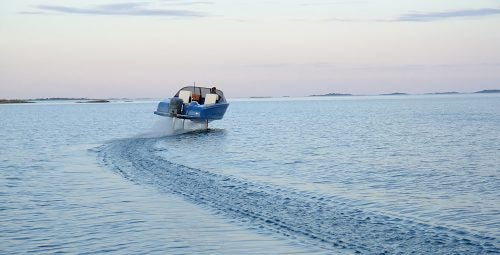



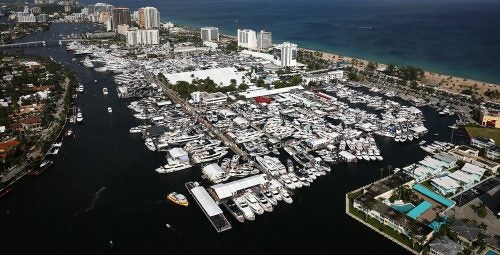 Fort Lauderdale International Boat Show Preview
Fort Lauderdale International Boat Show Preview 10 Best New Boat Accessories at IBEX 2021
10 Best New Boat Accessories at IBEX 2021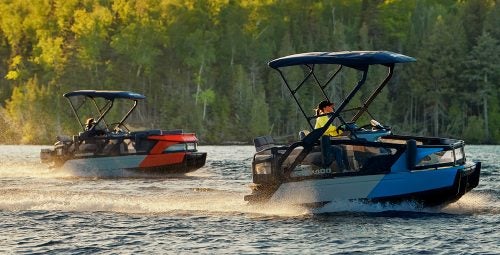 2022 Sea-Doo Switch Pontoon Boat Lineup Unveiled
2022 Sea-Doo Switch Pontoon Boat Lineup Unveiled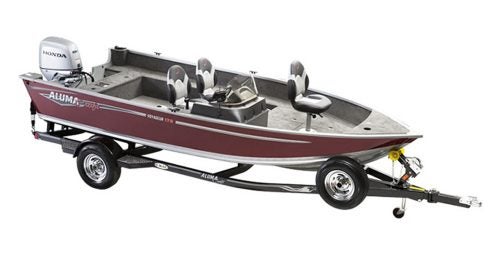 BRP Enters Fishing Boat Market with Purchase of Alumacraft Boat
BRP Enters Fishing Boat Market with Purchase of Alumacraft Boat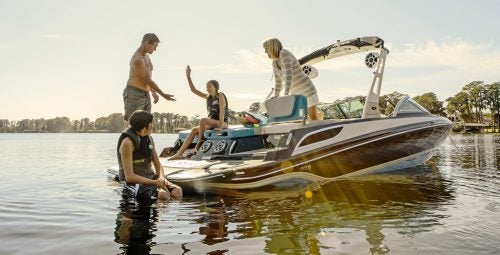 Volvo Commits To Electric Power By 2021
Volvo Commits To Electric Power By 2021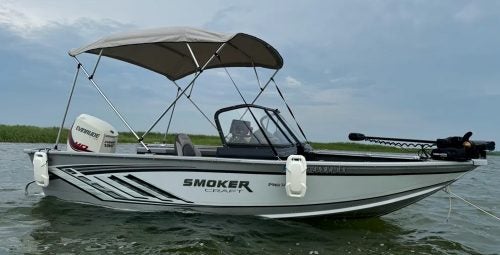 Kemimoto 4 Bow Bimini Top and Boat Bumper Review
Kemimoto 4 Bow Bimini Top and Boat Bumper Review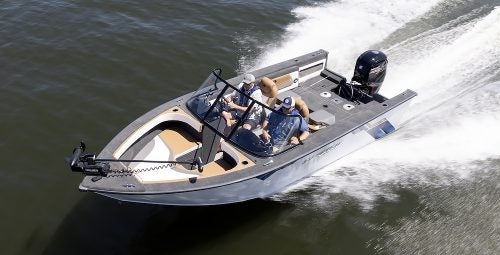 Starweld Victory 20 Review
Starweld Victory 20 Review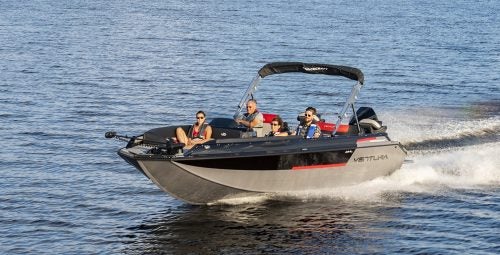 Princecraft Ventura 23 RL Review
Princecraft Ventura 23 RL Review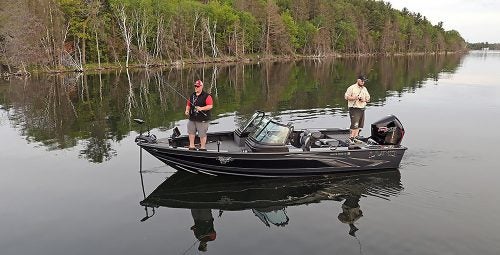 Lund 2075 Pro V Review
Lund 2075 Pro V Review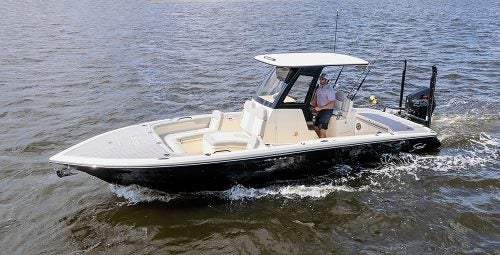 Scout 281 XSS Review
Scout 281 XSS Review Fuel Saving Tips For Boaters
Fuel Saving Tips For Boaters Best Boating Accessories
Best Boating Accessories Best Boating Apps
Best Boating Apps 5 Pontoon Boats That Are Made To Fish
5 Pontoon Boats That Are Made To Fish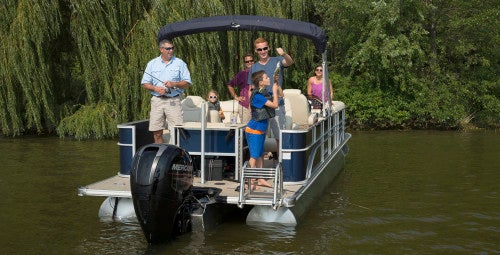 10 Great Small Pontoons
10 Great Small Pontoons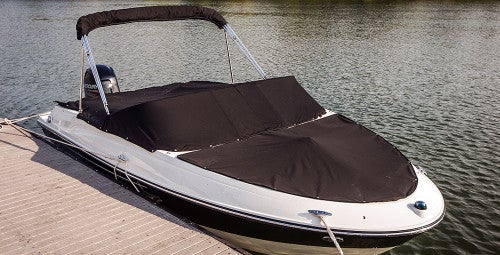 Your Boat Was Expensive—Do You Really Trust a $2 Rope From the Dollar Store to Secure It?
Your Boat Was Expensive—Do You Really Trust a $2 Rope From the Dollar Store to Secure It?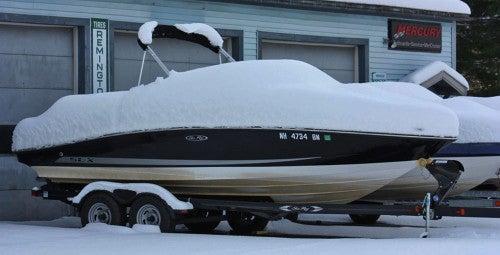 Do I Need Insurance Coverage Against Ice or Freezing Damage?
Do I Need Insurance Coverage Against Ice or Freezing Damage? What Kind Of Insurance Coverage Do I Need?
What Kind Of Insurance Coverage Do I Need?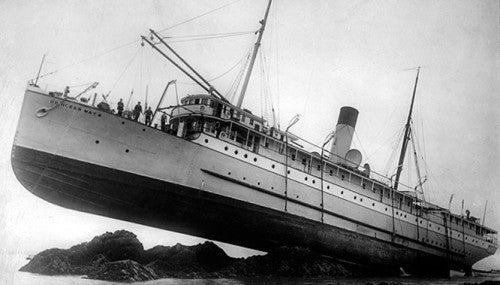 What About Salvage?
What About Salvage?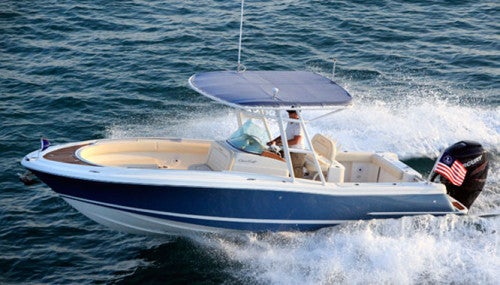 Boat Insurance or Yacht Insurance?
Boat Insurance or Yacht Insurance?
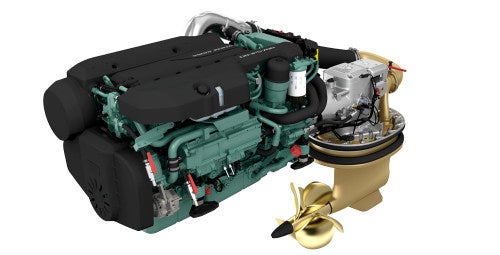


 The Best Bowriders For The Money
The Best Bowriders For The Money
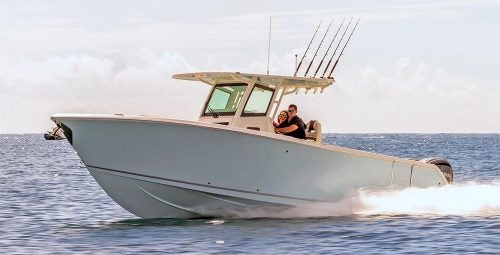 Sailfish 312CC Review
Sailfish 312CC Review
 The Wildest Concept Yachts
The Wildest Concept Yachts
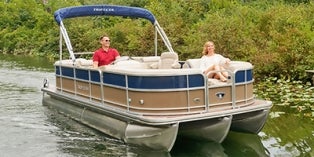 2016 Trifecta 200 Series 220FCR
2016 Trifecta 200 Series 220FCR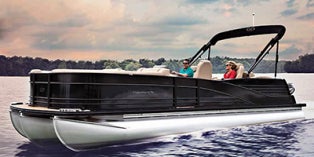 2016 Harris Grand Mariner SL 270 DL
2016 Harris Grand Mariner SL 270 DL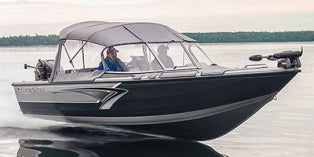 2016 Crestliner Authority 2050
2016 Crestliner Authority 2050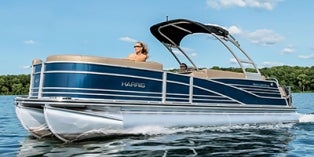 2016 Harris Grand Mariner SL 230 DLDH
2016 Harris Grand Mariner SL 230 DLDH
